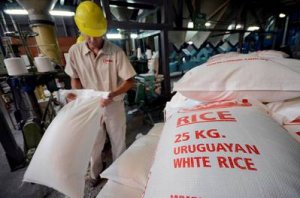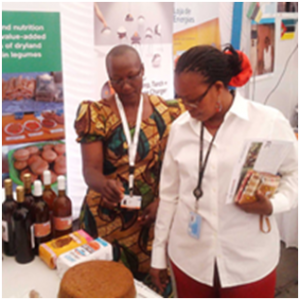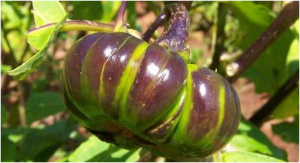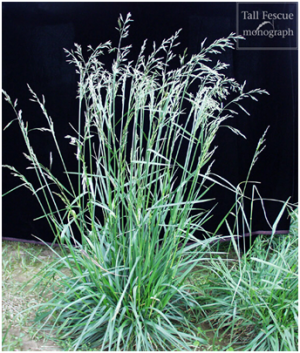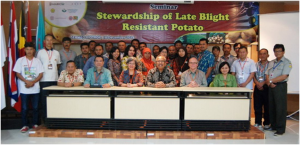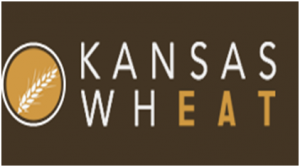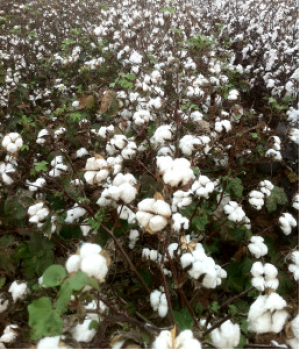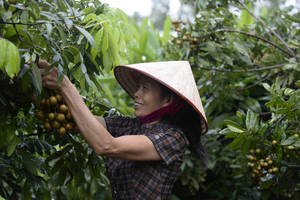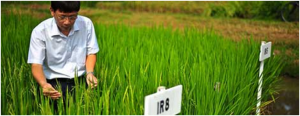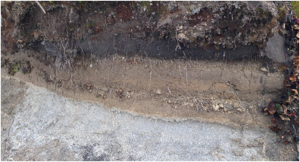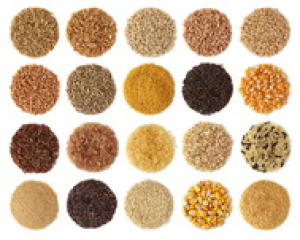|
Our foof supply at risk
Saturday, 2021/11/27 | 07:52:41
|
|
FAO News, Nov. 2021
We are at an important crossroads.
The economic fallout of the COVID-19 pandemic, climate variability and extremes, conflict, and the persistence of hunger and malnutrition have shown us that now is the time for us to build more resilient agrifood systems.
If we don’t, agrifood systems will not be able to ensure food availability to all as well as physical and economic access to nutritious foods that make up healthy diets.
So, how can we protect our agrifood systems from shocks and stresses and better ensure nutritious food is available to all? In other words, how can we make our agrifood systems resilient? Understanding agrifood systemsFirst, let’s look at what agrifood systems are. Before food reaches our plates, it travels a long way. It’s every stage of that journey – from harvest to consumption – that makes up our agrifood systems. They involve a set of interlinked activities that encompass farming, processing, transporting, eating and more.
Although often complex and international in scope, agrifood systems have three main components: (1) Primary production; (2) Food distribution through food supply chains and transport networks; (3) Household consumption.
From farmers to truck drivers and beyond, agrifood systems involve many actors operating across different components. Shocks or stresses in any of these components can spread rapidly throughout systems and threaten the functioning of supply chains and the food security and nutrition of consumers.
|
|
|
|
[ Other News ]___________________________________________________
|


 Curently online :
Curently online :
 Total visitors :
Total visitors :

